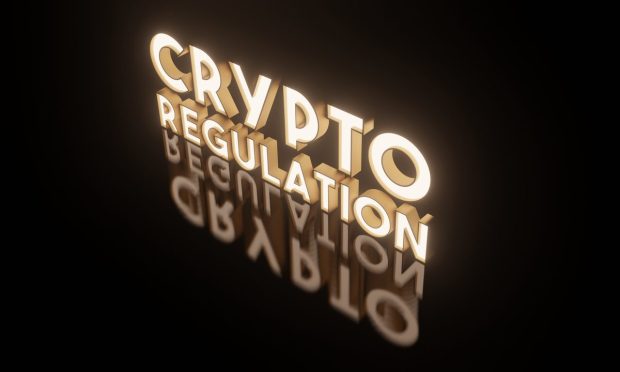Crypto Regulation Weekly: BIS Says Crypto Must Fit Into Existing Regulatory Infrastructure

A pair of international regulatory organizations have formally recommended that stablecoins be required to follow all existing international payment, clearing and settlement standards.
The Bank for International Settlements’ (BIS) Committee on Payments and Market Infrastructures (CPMI) and the International Organization of Securities Commissions (IOSCO) said Wednesday (July 13) that the “guidance is a major step forward in applying ‘same risk, same regulation’” principles to “systemically important stablecoin arrangements.”
Meaning national regulations should require them “to observe all relevant principles of the Principles for Financial Market Infrastructures (PFMI),” the BIS said in a release.
It also called for stablecoins to be made interoperable.
The guidance comes a month after the implosion of the Terra/LUNA stablecoin ecosystem. Investors lost confidence in the ability of the algorithmic terraUSD (UST) stablecoin, which relied on an arbitrage incentive mechanism to maintain its peg, rather than a one-to-one backing reserve of fiat to support its dollar peg. That led to a run that caused UST — then the No. 3 stablecoin by market capitalization — and its partner token LUNA to crash to virtually worthless, wiping out $48 billion in less than a week.
“Recent developments in the crypto-asset market have again brought urgency for authorities to address the potential risks posed by crypto-assets, including stablecoins more broadly,” said Jon Cunliffe, chair of the CPMI and deputy governor for financial stability at the Bank of England. “The recent market disruptions, while costly for many, were not systemic events. But they underline the speed with which confidence can be eroded and how volatile crypto-assets can be.”
As the link between crypto-assets and traditional finance grow stronger, he warned that such events could well pose systemic threats in the future, he added.
Regulators must require the same stringent risk management, governance and transparency standards of systemically important stablecoins as are required from the existing financial market, said Ashley Alder, chair of the IOSCO board and CEO of the Hong Kong Securities and Futures Commission.
ECB, Fed Say Go Faster
That comes on the heels of the European Parliament and European Commission’s agreement that the EU’s landmark Markets in Crypto Assets (MiCA) regulation bill that added a last-minute agreement that would limit large stablecoins to no more than €200 million in transactions per day.
See also: EU Agreement on Crypto Regulation Limits Stablecoins, Leaves Out NFTs and DeFi
On Monday (July 11), the European Central Bank (ECB) issued several reports warning that financial stability risks stemming from crypto-assets are rising and called for the “urgent implementation of appropriate regulatory, supervisory and oversight frameworks.”
That followed a similar warning by Federal Reserve Vice Chair Lael Brainard on July 8. She said regulations with strong teeth must be enacted “before the crypto ecosystem becomes so large or interconnected that it might pose risks to the stability of the broader financial system.”
Read more: ECB Urges Quick Implementation of MiCA
U.S. Recommendations in October?
Also on Monday, the U.S. Financial Stability Board promised that it would propose a set of broad crypto-asset regulations by October.
Saying that its member authorities “will implement applicable international standards into national regulatory and supervisory frameworks,” including the international Financial Action Task Force’s (FATF) recommendation about anti-money laundering (AML) regulations and the “travel rule” requiring the identification of the senders and recipients of crypto transactions.
And on July 7, Treasury Secretary Janet Yellin published a report calling for the U.S. to engage more actively with other countries in writing complementary and compatible crypto regulations.
“Uneven regulation, supervision, and compliance across jurisdictions creates opportunities for arbitrage and raises risks to financial stability and the protection of consumers, investors, businesses and markets,” it said, warning that coordination was necessary to investigate illicit transactions.
For all PYMNTS crypto coverage, subscribe to the daily Crypto Newsletter.
For all PYMNTS EMEA coverage, subscribe to the daily EMEA Newsletter.